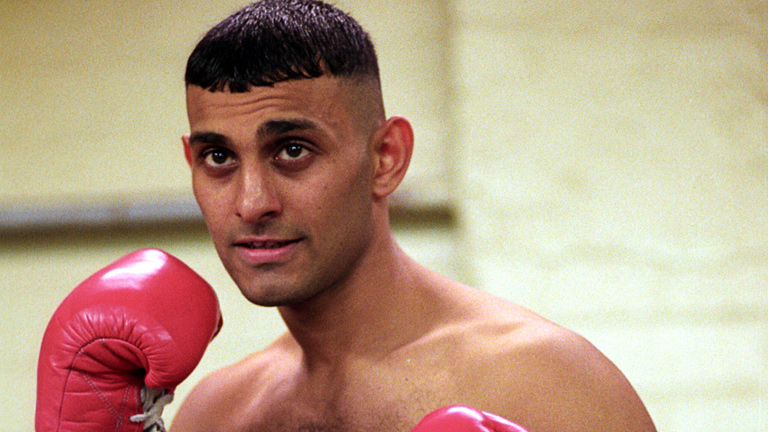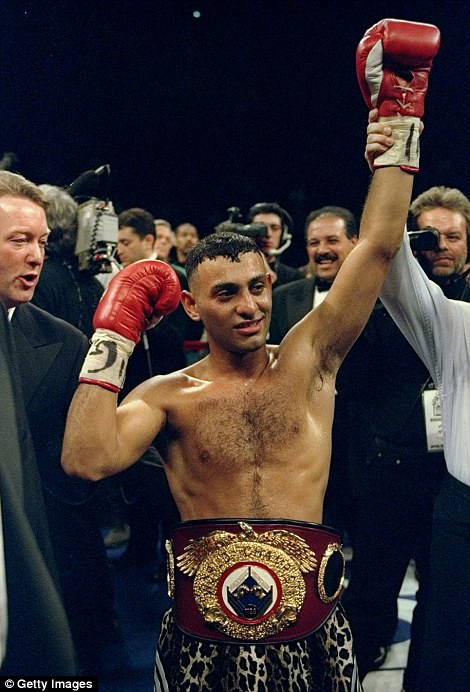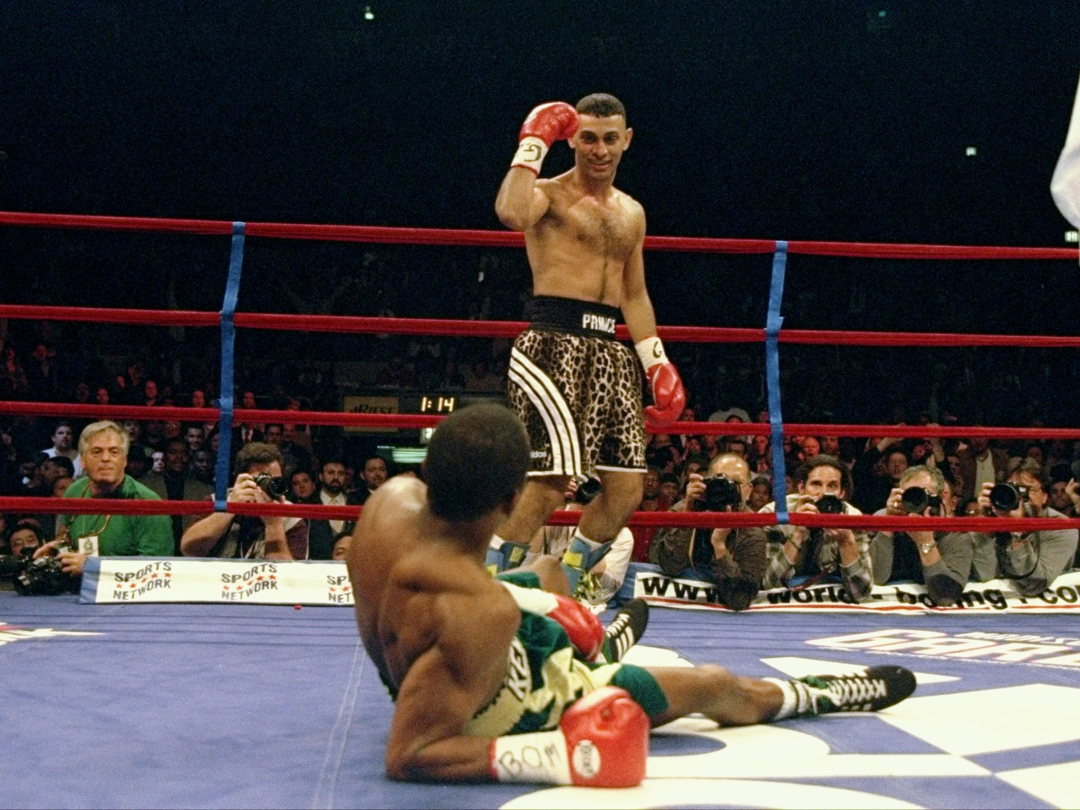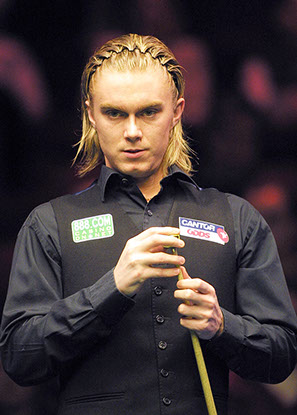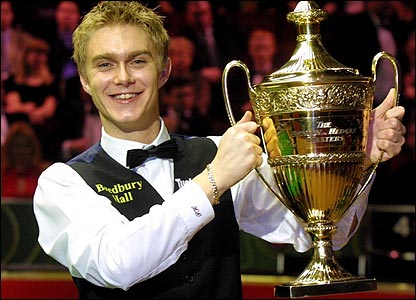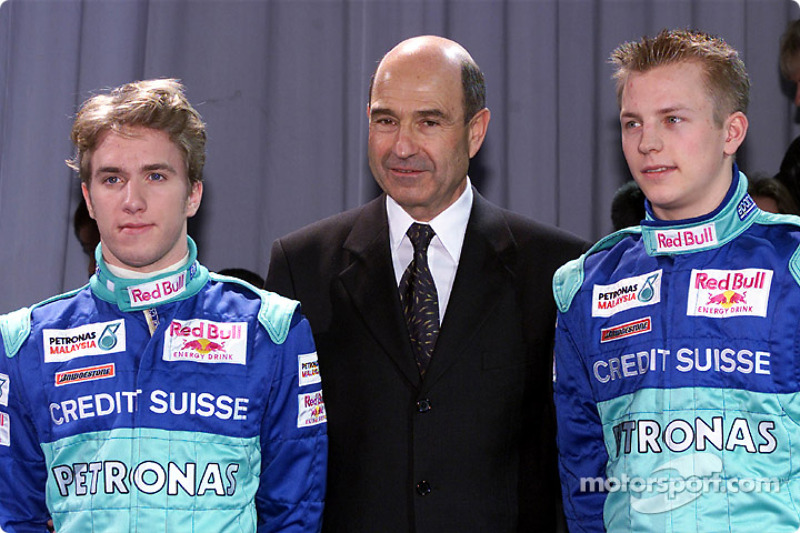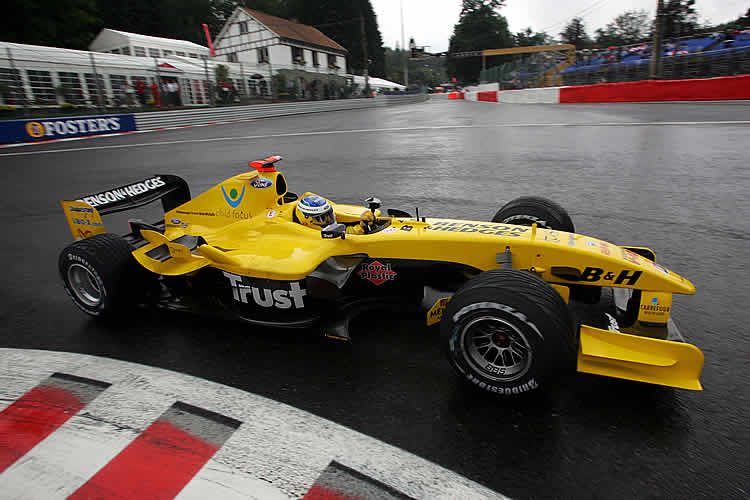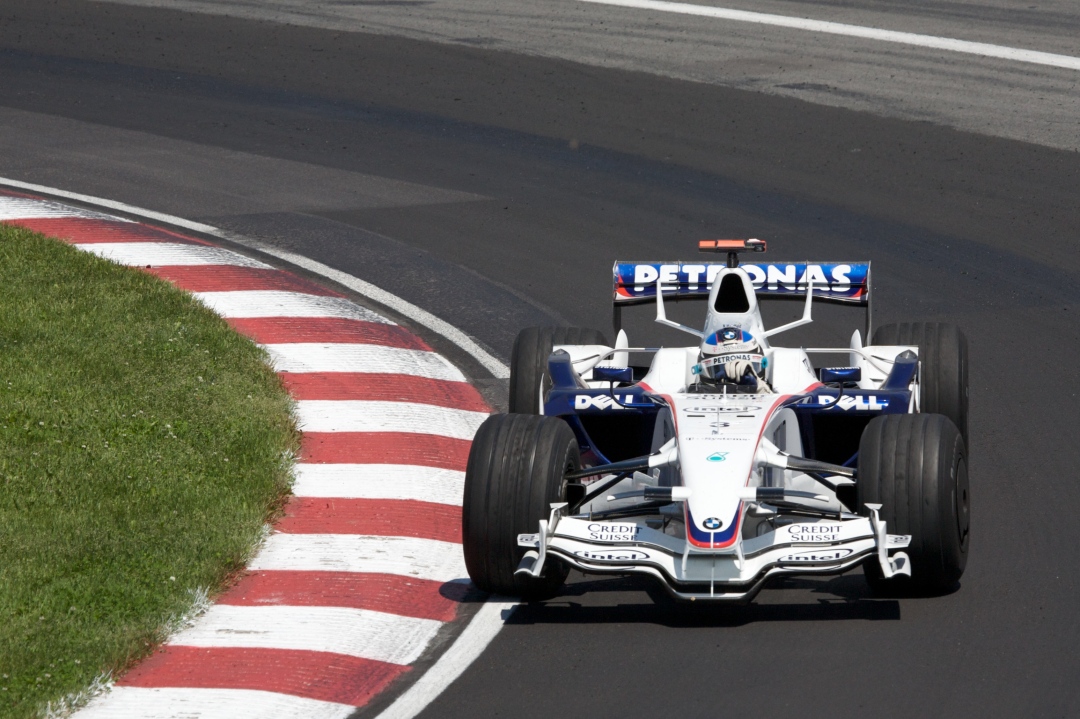Cast your minds back (if you can) to 1992. A time when Charles and Eddie were no.1 in the charts and the Queen declared the year an annus horribilis. It was also the year the world football transfer record was broken a (still) record three times, all by Italian clubs.
In the early 1990’s Italian football was by far and away the most attractive and successful league in the world and with it came the financial backing that helped it to stay that way well into the early 2000’s. The impact of Serie A could be seen in English society as highlights show Football Italia became one of the most popular shows on Channel 4. At it’s peak, three million people would tune in each Sunday to watch James Richardson showcase that week’s featured game. Sides like AC Milan, Juventus, Parma,Lazio and Sampdoria would enjoy great success on a domestic and continental level, heavily helped by cherry picking the best of what Serie A had to offer.
The first transfer record of the year went to the French striker Jean Pierre Papin who moved from Marseille to AC Milan for a fee of £10m. This was soon broken by rivals Juventus who snapped up Gianluca Vialli for £12m, however Milan would have the last say. The Rossoneri focused their attention on a young winger at Torino to bolster their already world beating side. His name was Gianluigi Lentini. The casual armchair fan might be forgiven for asking who Lentini is, well had history panned out better he’d probably be the face of a generation of Italian footballers. What started as a career full of promise and optimism ended playing in regional football and a career unfulfilled.
Lentini began his career as a 17 year old with local club Torino in 1986. He soon established himself as the club’s best young talent and spearheaded Il Toro’s rise back into Serie A in 1990 where he really began to make a name for himself on a wider scale. Torino’s third place finish in 1991-92 naturally saw the big guns of Italian and European football come sniffing and sure enough Lentini was the prime target. Milan and Juventus both showed strong interest in the 23 year old, however it was the reigning champions Milan who would get their man.
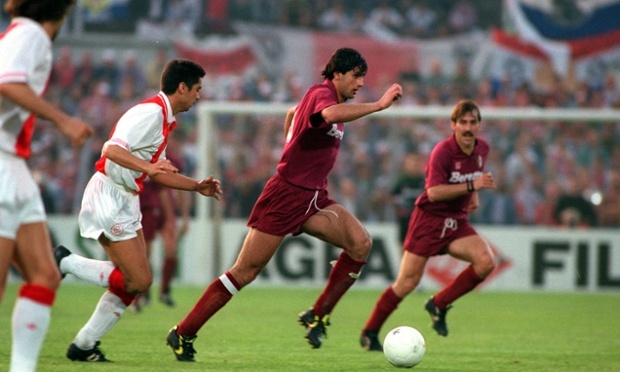
Lentini was signed for a world record £13m in the summer of 1992 and was quite rightly heralded as the future of Italian football. Italy’s failure to qualify for the 1992 European Championships had raised concerns over the future of the national side and youngsters like Paolo Maldini, Roberto Baggio and Gianluigi Lentini were seen as the ones to bring the Azzurri into a new era. His first season at Milan was a huge success. They would defend their Serie A title losing just twice all season as well as winning the Italian Supercup, however they missed out on the Champions League losing to Marseille in the first final under it’s new name.
Heading into the new league season in August 1993 Lentini seemed to have the football world at his mercy. A 24 year old who was the world’s most expensive player, a league champion and now established in the national team, but in the blink of an eye his career at the very top of the sport would come crashing to a halt.
Coming home from a pre season tournament in Genoa, Lentini was involved in a serious car crash which saw his Porsche 911 flip several times and burst into flames. He was found unconscious by a passing lorry driver and was soon rushed to a Turin hospital. He had suffered a fractured skull, a damaged eye socket and was in a coma for two days. Returning to first team football towards the end of the 93-94 season, the silky skills he had once used to terrify opposition defences had gone, and Milan were left with a player who was a shadow of his former self. He would complain of dizziness and memory loss as well as periods of blurred vision. He would only make the bench as Milan faced Barcelona in the 1994 Champions League final, a match that many predicted as a passing of the torch.The Milan side built under Arrigo Sacchi was aging and boss Fabio Capello had no less than six star players unavailable, making Lentini’s absence from the side a clear indication of his fall down the pecking order. The Barca side dubbed “The Dream Team” was young, exciting and had a full squad to choose bar the enigmatic Michael Laudrup. Lentini could only watch from the sidelines as Milan thrashed Barcelona 4-0 in Athens to win their fifth European title, and put in a performance dubbed by many to be the greatest performance in the competition’s history. He ended the 93-94 campaign as nothing more than a squad player. The spark in Lentini had unfortunately died.
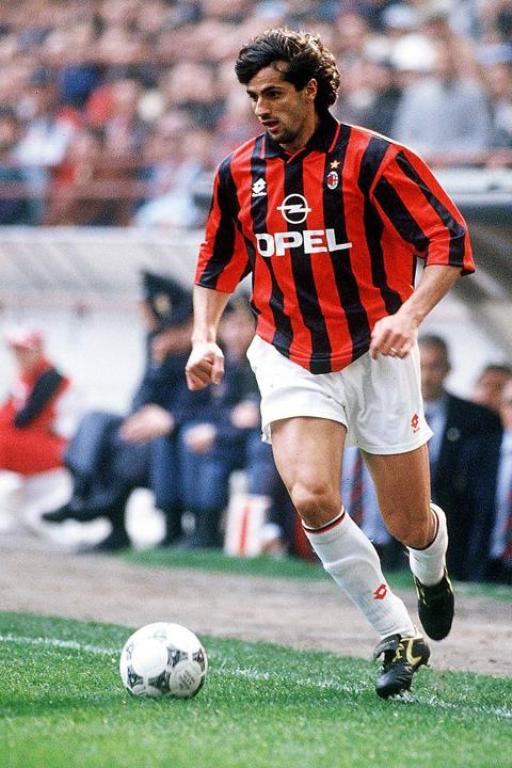
The final two years of Lentini’s Milan career varied in success. The 1994-95 Serie A season saw Milan lose their supremacy of domestic football to Juventus although they did make it to the final of Champions League for a third year in a row, falling short this time to Louis Van Gaal’s inspired young Ajax team. His first team chances became even more limited with Capello preferring the experienced Roberto Donadoni or the talented Croat Zvonimir Boban instead. His Milan career did at least end on a high, winning a third Serie A title in four years.
In the summer of 1996 Lentini was sold to Atalanta where he stayed for just twelve months. A move back home to Torino saw him make over 100 appearances in four years to solidify his reputation as a club legend but he was unable to secure the club’s stability in Serie A, suffering relegation in 2000. Despite being now into his early 30’s, Lentini would play on for another 11 seasons finally ending his career with his hometown club Carmagnola in the regional divisions.
Just as his Milan career grinded to a premature halt, so did his stay in the international set up. Lentini was a key figure as Italy qualified for the 1994 World Cup in the United States of America however he would miss out on the tournament as a consequence of his accident almost a year before. In all he would earn 13 caps for Italy but failed to find the net. His last game for the Azzurri came on 6th November 1996 in a humiliating friendly defeat to Bosnia-Herzegovina at the age of just 27.
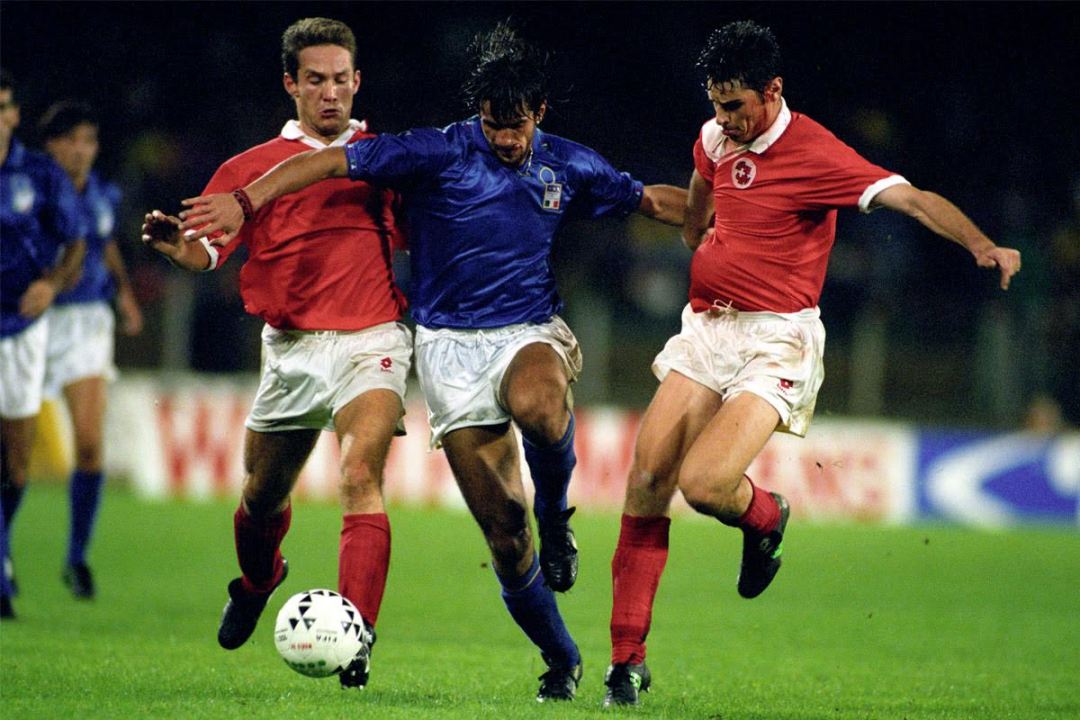
So how would Lentini had fared had it not been for his horrific car accident? Well he certainly wouldn’t have been short of competition in the national team. A host of young faces were beginning to emerge with the likes of Alessandro Del Piero and an even younger Francesco Totti becoming household names. Lentini would have been at the right age to be considered an experienced face in the Azzurri side and a likely starter at Euro 96 and France 98′ and would have more than likely ended up with well over 50 caps to his name.
Milan would replace the outgoing Lentini with a young Jesper Blomqvist who failed to replicate the form that had seen the Rossoneri sign him from IFK Goteborg. In 1997 they signed the Brazilian Leonardo who would cement his place on the left wing for the next four years. Had Lentini not have suffered his accident would he have established himself as a regular in the Milan side? Probably, yes. In the years following Lentini’s career defining accident Milan would lose their title as the dominant Italian side to Juventus and a series of signings who failed to impress saw them play catch up to the Old Lady for nearly a decade. Lentini would have been considered a key part of the side that admittedly was in a heavy transitional period after the dominant Arrigo Sacchi side of the early 1990’s and before the resurgence in the early 00’s under Carlo Ancelotti.
When we look back at football in the 1990’s the same names seem to crop up. Zidane, Ronaldo, Figo, Rivaldo, Cantona, Beckham, Owen, Batistuta. Had Lentini not been involved in the car crash that ultimately derailed a once promising career he may well have been regularly mentioned in the same breath as the aforementioned players. It’s difficult to say exactly how his career would have fared, but it’s almost guaranteed that his career and place in football history would be much greater and memorable than it is. Once considered the future of Italian football, in the space of a few seconds, Gianluigi Lentini very much became a case of what might have been.
